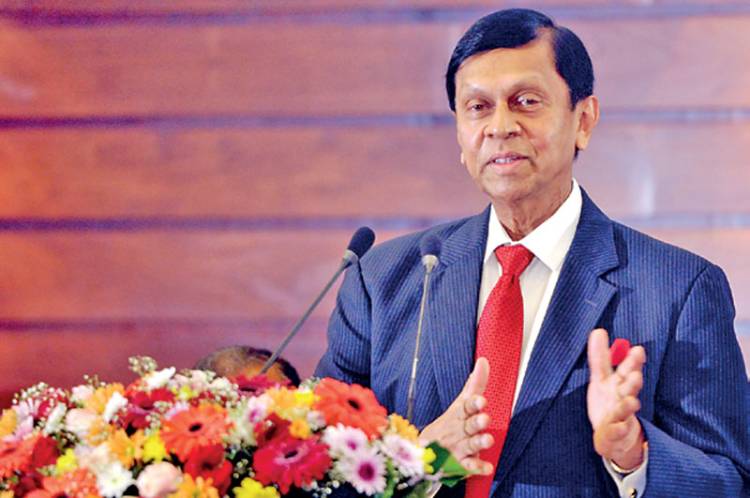Says SL’s public and external finances remain fragile; flags need for more enduring improvements
Revises down growth forecast for 2021 to 3.3% from 3.8%
Says SL can remain current on its foreign debt obligations through at least mid-2022
But tips foreign exchange reserves to decline to $ 2.5 b by 2023
SL faces $ 26 b in sovereign foreign-currency obligations due between now and 2026
Forecasts Debt-to-GDP ratio to rise to 113% by 2023 from 101% in end-2020
Fiscal deficit to widen to 12.1% of GDP by 2023 from 11.1% of GDP
Fitch Ratings said this week that it was less convinced with the Central Bank’s short-term Road Map and called for more enduring improvements, whilst downgrading its 2021 economic growth forecast to 3.3% from 3.8% previously.
This assessment, as well as Fitch’s fresh concerns, has been included in its ‘What Investors Want to Know: Emerging-Market Sovereigns – 4Q21’ report.
Fitch Ratings Director – Sovereigns Sagarika Chandra said financing plans in CBSL’s short-term roadmap contain limited details, including the sources and timelines of financing arrangements. In the road map, CBSL outlined plans to secure funds through bilateral, multilateral and other syndicated loans for 1Q22.
“As positive rating sensitivities, we have flagged the need for more enduring improvements in the external and public finances,” Chandra said.
She also said Sri Lanka’s economic prospects remain subdued under the weight of the pandemic.
“We have revised down our growth forecast for 2021 to 3.3% from 3.8%, following a surge in coronavirus cases in July-August, which has now subsided,” she added.
Fitch said Sri Lanka’s public and external finances remain fragile, as reflected in its ‘CCC’ rating in place since November 2020 and affirmed in June 2021.
“A rating at this level indicates substantial credit risk, with default ‘a real possibility’,” Fitch said.
It said Sri Lanka’s external liquidity position remains stressed, with $ 26 billion in sovereign foreign-currency obligations coming due between now and 2026, against foreign-exchange reserves of only $ 3.5 billion as of end-August, up from $ 2.8 billion in July reflecting the receipt of $ 780 million from the IMF Special Drawing Rights (SDR) allocation.
“On our baseline, we believe the authorities can remain current on their obligations through at least mid-2022, with resources from project financing and bilateral and multilateral inflows, and likely rollover of Sri Lanka Development Bonds,” Chandra said.
Through the rest of 2021, the majority of foreign currency debt repayments consist of project and syndicated loans. Sovereign bond repayments of $ 500 million and $ 1 billion come due in January and July 2022, respectively.
Fitch said the Sri Lankan authorities continue to rule out financing from the IMF. “We project foreign-exchange reserves to decline to $ 2.5 billion by 2023,” it added.
Public finances for Sri Lanka remaining a key credit weakness was also stressed by Fitch. It said the gross general government debt-to-GDP ratio was forecast to keep increasing under the baseline, reaching 113% by 2023 from about 101% at end-2020. The fiscal deficit is also forecast to widen to 12.1% of GDP by 2023 from 11.1% of GDP in 2020.
(FT)

